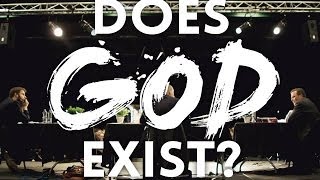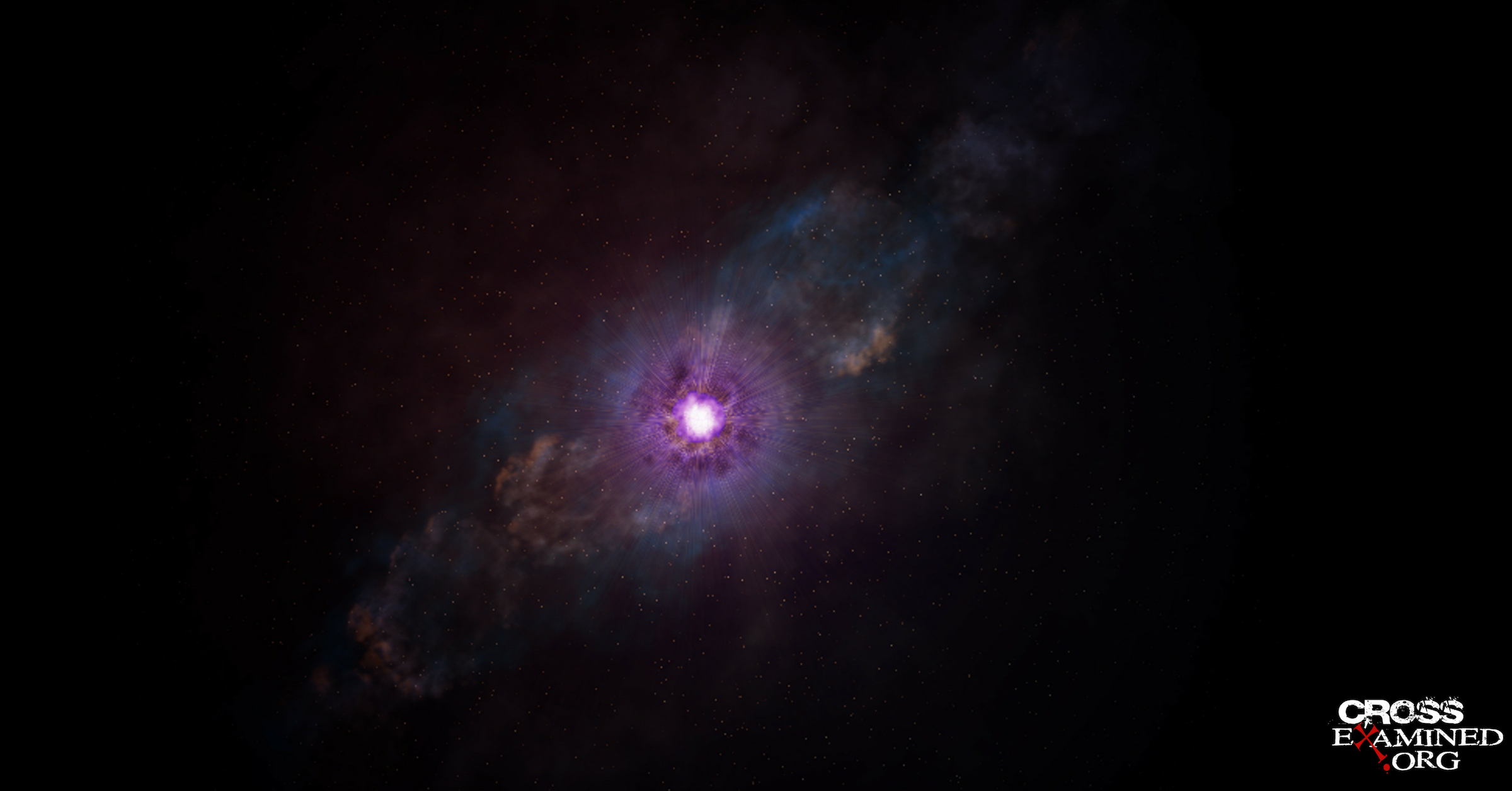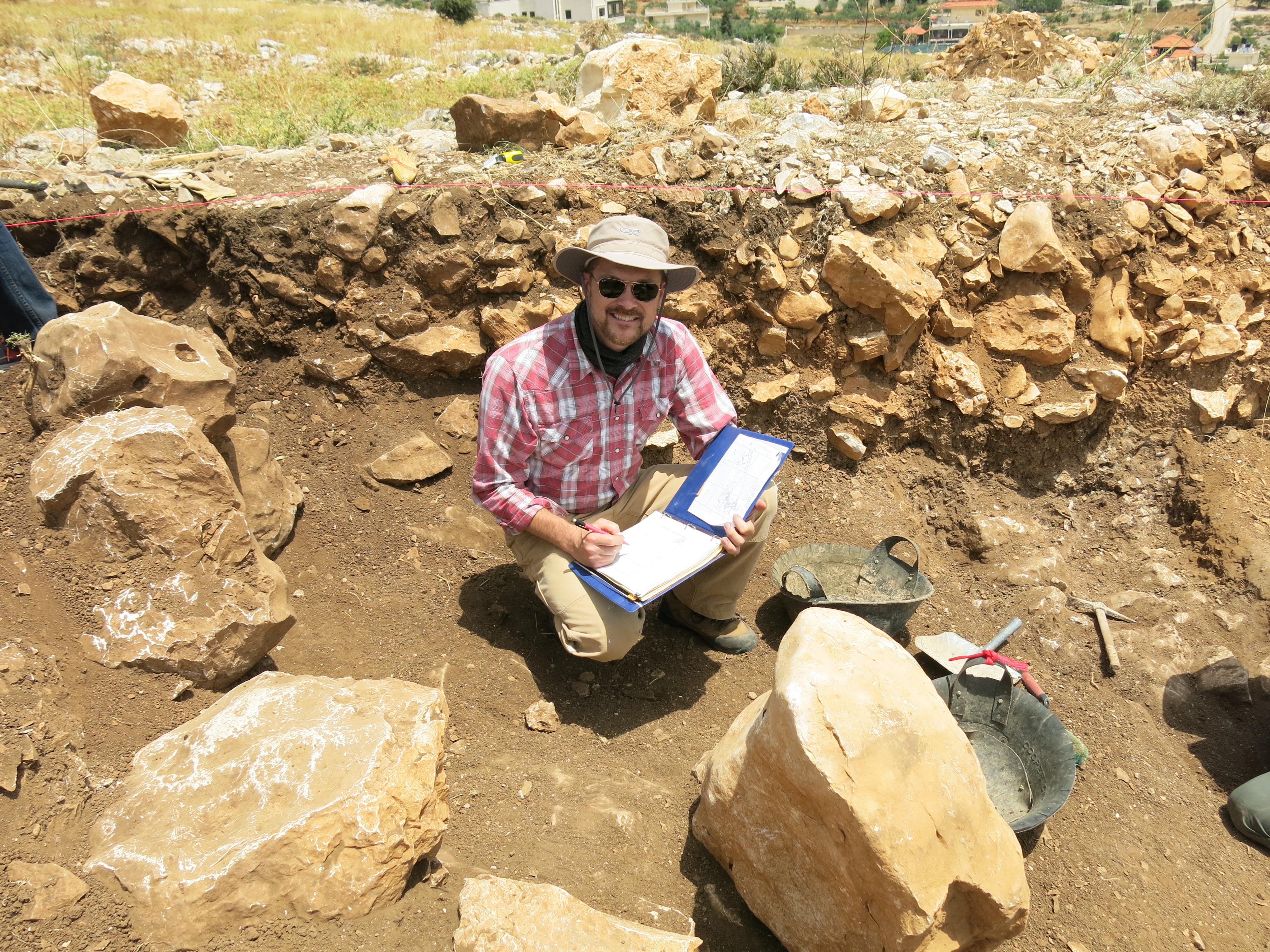In my previous blog I dealt with objections to fine-tuning based on misunderstandings of the nature of the argument or of probability theory. In this blog, however, I attempt to deal with important issues in the debate. If either objection succeeds it would undermine the design inference based upon the fine-tuning evidence.
Could the Laws of Physics Have Been Different?
If there is only one possible set of physics, then there is no sense in which the set of life-permitting physics could be said to be improbable. There are two aspects to considering with regard to whether or not the laws of physics might have been different.
1) Are there other metaphysically possible alternatives?
Metaphysics is a branch of philosophy so this aspect is really a question that goes beyond science. However even among scientists, few think that there is only one logically possible set of laws of Nature. For example, in one of the classic fine-tuning papers Bernard Carr and Martin Rees note that “even if all apparently anthropic coincidences could be explained [in terms of some deeper theory], it would still be remarkable that the relationships dictated by physical theory happened also to be those propitious for life.[1]” Even if there was only one physically possible set of physics there is still something surprising about the fine-tuning evidence because there is no reason to think that their couldn’t have been different laws, constants, or initial conditions. If there really were no alternatives that were even metaphysically possible, one should be able to derive the laws and parameters of physics without even having to do observations and experiments but as physicist John Barrow notes in regard to the fundamental constants discussed in fine-tuning, “we have never successfully predicted the value of any dimensionless constant in advance of its measurement.”
If one looks at mathematical proofs, the premises are never based on empirical results whereas in science we’ve learned that we need to do experiments to choose among candidate theories. Metaphysicians, therefore, generally recognize that mathematical truths are true in all possible worlds (in the modal logic sense of the word) but that scientific truths are not.
Physicist Paul Davies responds to those few who have tried to argue that “the nature of the physical world would be entirely a consequence of logical and mathematical necessity. There would be no choice about it. I think this is demonstrably wrong. There is not a shred of evidence that the universe is logically necessary. Indeed, as a theoretical physicist I find it rather easy to imagine alternative universes that are logically consistent, and therefore equal contenders for reality.[2]”
2) Are there other physically possible alternatives?
Many leading physicists think that physics itself provides various potential means for varying the fundamental constants. Virtually every physics department is involved in research in theories such as String Theory that entail that the constants of physics actually could be different. As Lee Smolin explains, “string theory makes all the properties of the elementary particles contingent – determined not by fundamental law but by … solutions to the fundamental theory.[3]” String theory was once thought to be the best hope for a Theory of Everything which might explain why the constants of physics take on the values they do. Indeed it might greatly reduce the number of fundamental parameters. However, there seem to be a vast number of solutions to the equations of String Theory although they’re still not well-defined. Some scientists have complained that what was hoped to be a “Theory of Everything” has turned out to look more like a “Theory of Anything.”
In this article, physicist John Barrow lists 5 reasons to expect that the constants of physics can vary.
1) “We know that the best candidates for unification of the forces of nature in a quantum gravitational environment only seem to exist in finite form if there are many more dimensions of space than the three that we are familiar with. This means that the true constants of nature are defined in higher dimensions and the three-dimensional shadows we observe are no longer fundamental and do not need to be constant. Any slow change in the scale of the extra dimensions would be revealed by measurable changes in our three-dimensional ‘constants’.”
2) “Some apparent constant might be determined partially or completely by spontaneous symmetry-breaking processes in the very early universe. This introduces an irreducibly random element into the values of those constants.”
3) “Any outcome of a theory of quantum gravity will be intrinsically probabilistic… [thus some constants are] predicted to be spatial random variables”
4) “A non-uniqueness of the vacuum state for the universe would allow other numerical combinations of the constants to have occurred in different places.”
5) There are some observations that the fine-structure constant may have varied very slightly over time and/or space. [Newer studies are still not conclusive on this point – the data is somewhat ambiguous.]
Even if the constants and laws of physics couldn’t vary, there is even more reason to think that there were many physically possible sets of initial conditions. Paul Davies states this emphatically:
“Even if the laws of physics were unique, it doesn’t follow that the physical universe itself is unique…the laws of physics must be augmented by cosmic initial conditions…there is nothing in present ideas about ‘laws of initial conditions’ remotely to suggest that their consistency with the laws of physics would imply uniqueness. Far from it…it seems, then, that the physical universe does not have to be the way it is: it could have been otherwise.[4]”
John A. Wheeler agrees: “Never has physics come up with a way to tell with what initial conditions the universe was started off. On nothing is physics clearer than what is not physics.”
What about the laws themselves varying?
Fine-tuning proponents don’t generally seek to quantify the rarity of life-permitting physics among all possible laws but rather at the level of initial conditions and constants as not enough is known to evaluate that case in any detail. As Robin Collins puts it, fine-tuning only considers the epistemically illumined region. As we evaluate the space of possibilities that we have sufficient “light” to evaluate, we discover the remarkable fact that life is only possible in a very small subset. Going back to our dartboard analogy from a previous blog, we have some uncertainty about the size of the wall – maybe it’s not 300+ million light years per dimension or maybe it’s actually larger. The argument is still quite powerful even if we’re over estimating the range of available parameters by a factor of a million million million – and remember this analogy dealt with only one of the many finely-tuned parameters.
In a future blog, I will examine how life depends upon certain laws and principles but will not attempt to make a numerical probabilistic case in that arena. In many candidate physical theories, the laws themselves wouldn’t change in different universes, merely the constants in the equations for those laws.
But We Can’t Assess Exact Probabilities
Another objection is that we can’t assess an exact improbability for life. We can tell something is highly improbable even if we cannot compute an exact value or conduct a series of trial experiments. What are the odds that I would beat Lebron James in a one-on-one basketball game? My only chance would be if he got hurt or something and it would be hard to estimate that very precisely.
I agree that it is premature to put an exact number to the rarity of life-permitting universes among possibilities but I believe that we have a dozen or more independent reasons for thinking it highly improbable. I did toss out the improbability of 1 in 10^100 in a previous blog – as a counterfactual saying in effect that if it could be shown that intelligent life was this rare among possibilities, wouldn’t you count it as some evidence for cosmic design? I indicated that when I present the evidence in detail that I would attempt to justify this number and that many non-theistic physicists accept this magnitude of a number for just a single parameter in some cases.
If we accept the plausible assumptions found in the peer-reviewed physics literature, we do end up with an incredible improbability for a life-permitting universe if physics is set randomly. These articles often cite a natural range for constants based on magnitudes derived from Quantum Field Theory or particle masses as predicted by the standard model of particle physics. For my fine-tuning claim to be defeated virtually all of these physics articles would need to be mistaken.
Computing an exact value involves knowing the exact range of possibilities and the distribution function neither of which is generally known precisely. Many scientists take the principle of indifference to imply a uniform (and thus linear) distribution of possible values for constants, Citing Aguirre’s work, Luke Barnes indicates that it’s unreasonable to expect that new information about underlying physics will invalidate fine-tuning: “In short, to significantly change the probability of a life-permitting universe, we would need a prior that centres close to the observed value, and has a narrow peak. But this simply exchanges one fine-tuning for two – the centre and peak of the distribution.” Barnes/Aguirre discussed this at last summer’s philosophy of cosmology conference amidst many prominent physicists and philosophers who have written about the fine-tuning and no one challenged it. Barnes lists some other key attendees as: Craig Callender (UCSD), Sean Carroll (Cal Tech), Shelly Goldstein (Rutgers), Anna Ijjas (Harvard/Rutgers), Tim Maudlin (NYU), Priya Natarajan (Yale), Ward Struyve (Rutgers), Tiziana Vistarini, (Rutgers), David Wallace (Oxford), Alex Pruss, Chris Smeenk, Fred Adams, Leonard Susskind, Matt Johnson.
In summary, I think it would be a mistake to ignore fine-tuning simply because we don’t know exact ranges that values can take on – if anything we may be underestimating them. As I’m presenting the evidence I’ll try to highlight what physicists are saying with regard to expectations for the range of parameter space and the reader can evaluate whether or not these physicists are mistaken in claiming that life-permitting universes are rare among possibilities.
[1] Bernard Carr and Martin Rees, “The Anthropic Principle and the Structure of the Physical World,” Nature 278, (1979): 612.
[2] Paul Davies in Templeton address in August 1995. http://www.firstthings.com/article/1995/08/003-physics-and-the-mind-of-god-the-templeton-prize-address-24
[3] Smolin. The Trouble with Physics: The Rise of String Theory, the Fall of a Science, and What Comes Next. (New York: Houghton Mifflin Co., 2006), p. 127.
[4] Paul Davies, The Mind of God (New York: Simon & Schuster, 1992), p 169.













